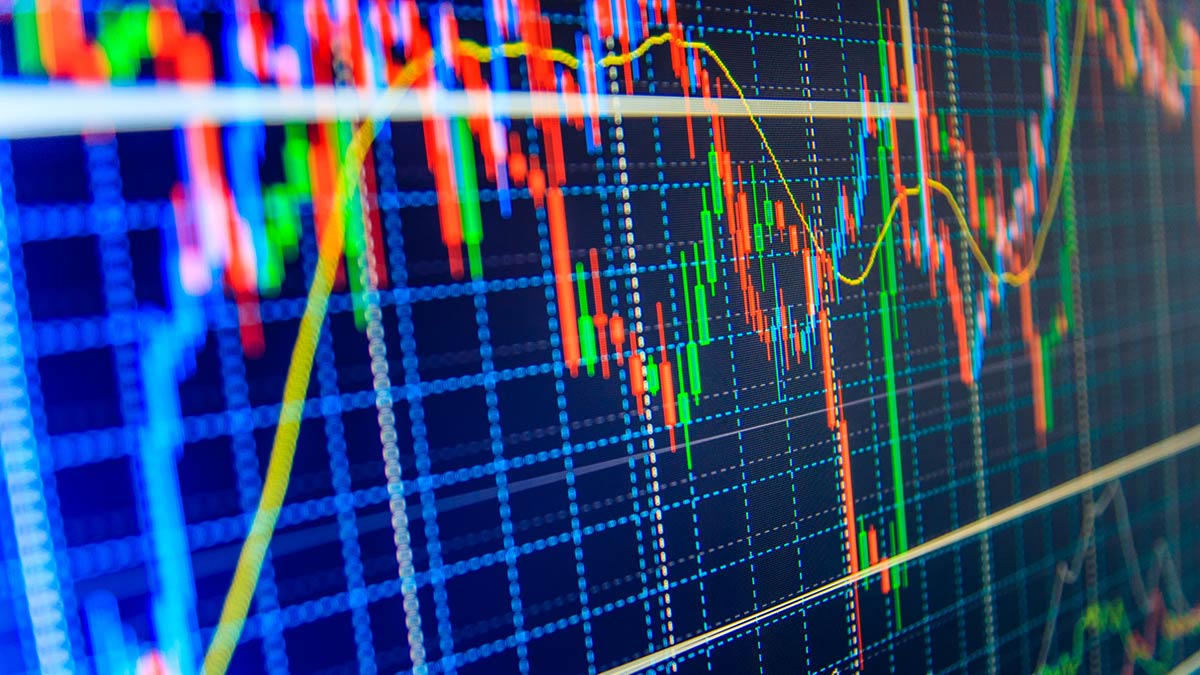A lot of people find the world of finance complicated, full of terms and concepts. Secondary and primary markets play two crucial roles that are distinct but interconnected in the journey of all securities (stocks bonds, stocks, etc.). This article seeks to demystify these stages, providing an understanding of how businesses raise money and how traders can navigate the world of trading.
The birthplace: The primary market
Imagine a company with dreams of expansion, but restricted by its cash flow. This is where the principal markets comes into. They act as a platform which allows companies to raise money through the issue of securities to the general public. This is typically related to the Initial Public Offering (IPO) which is when a company goes public for the very first time. During an IPO, investors are essentially given the chance to purchase part of the company’s future.

However, the primary market doesn’t just pertain to IPOs. The primary market isn’t only for IPOs. Businesses may raise capital in different ways, like by selling bonds or shares to institutional investors directly, or via seasoned offerings (selling more shares after the IPO). The primary market has an impact on businesses’ growth plans, regardless the type of offering.
The secondary market the trading floor
Companies seek capital on the primary market, but what happens next? Here is where the vibrant secondary market takes over. It’s similar to a stock market that allows investors to trade their securities. The secondary market is different from the primary market where companies must issue new securities. It allows for the purchase and sale of existing securities.
The secondary market provides investors with an important advantage – liquidity. Liquidity is defined as the ease with, that assets can be bought and traded. If a company lists its securities on a secondary market like the NYSE or NASDAQ this gives investors the flexibility to enter and exit positions.
The Circle of Securities – From IPOs to Everyday Trade
If we consider the lifecycle of an asset and its lifecycle, the link between these two markets is more apparent. When it offers its shares for sale through an IPO (primary market), a company sets the stage for the shares to be traded on the secondary markets. After being listed, the shares are able to be purchased and sold by investors driving price fluctuations based on supply and demand. The constant buying and selling of shares on the secondary market is essential to the process of price discovery. It reflects the value of a company over time.
Why should investors care? Understanding Both Markets
Investors need to understand the distinctions between primary market and secondary. Primary markets offer investors the chance to invest early in the life of promising businesses, and the potential for high returns. IPOs can be risky, and therefore carry a higher chance of exposing investors to risk.
The secondary market however, provides a broader selection of options for investment, allowing investors to purchase and sell existing securities based on their market research and analysis. Secondary market securities may offer more liquidity compared to primary market securities however, they may not have the same growth potential.
Investment: Select your entry point to the market
It all boils down to your individual investment goals, and the amount of risk you’re willing to accept. Investors who have a keen interest in growth can choose carefully-vetted IPOs. Investors who want stability and liquidity are more likely be drawn to established companies which are traded in the secondary market.
The continuous cycle: the financing of expansion and dynamism of markets
The primary and secondary markets work hand-in-hand to fuel the engines of the stock market. Businesses raise capital to expand through the primary market, and investors buy existing securities through secondary markets. This creates a dynamic market that not only affects the fortunes and health of businesses individually, but the overall economy.
In Conclusion: Demystifying the Two Stages
Understanding the different roles of the primary and secondary markets, investors will be better prepared to navigate the complex world of finance. Whether you prefer the thrill of IPOs or the more stable environment of the secondary markets, this knowledge empowers investors to make informed investments and possibly realize their financial goals.